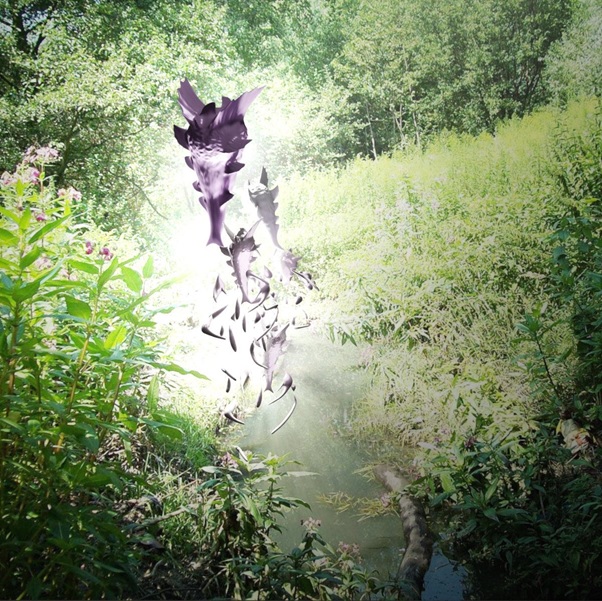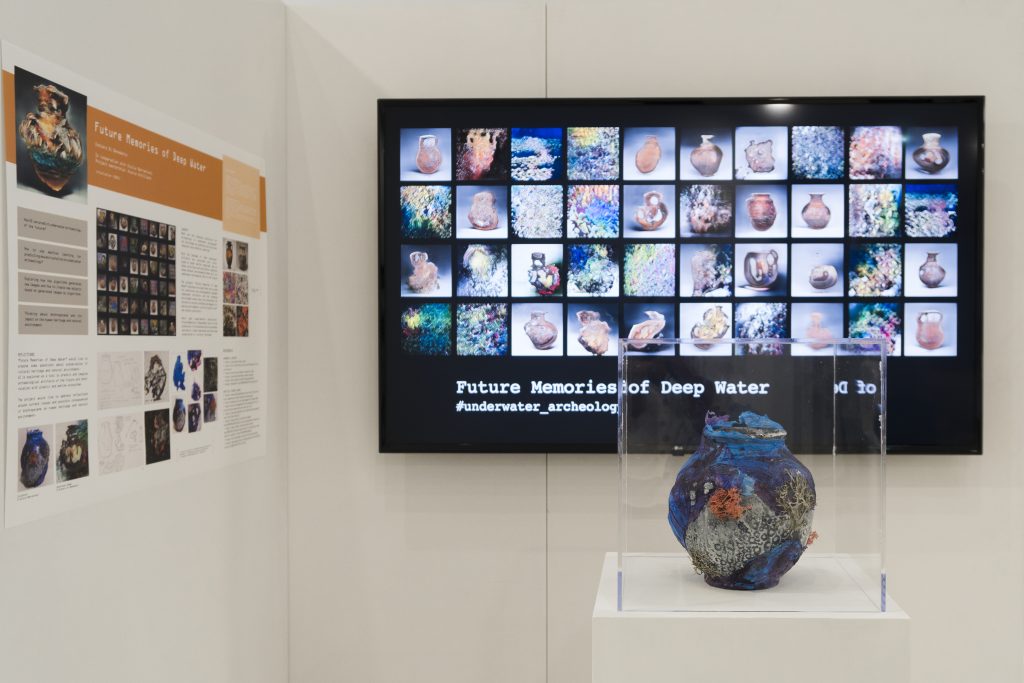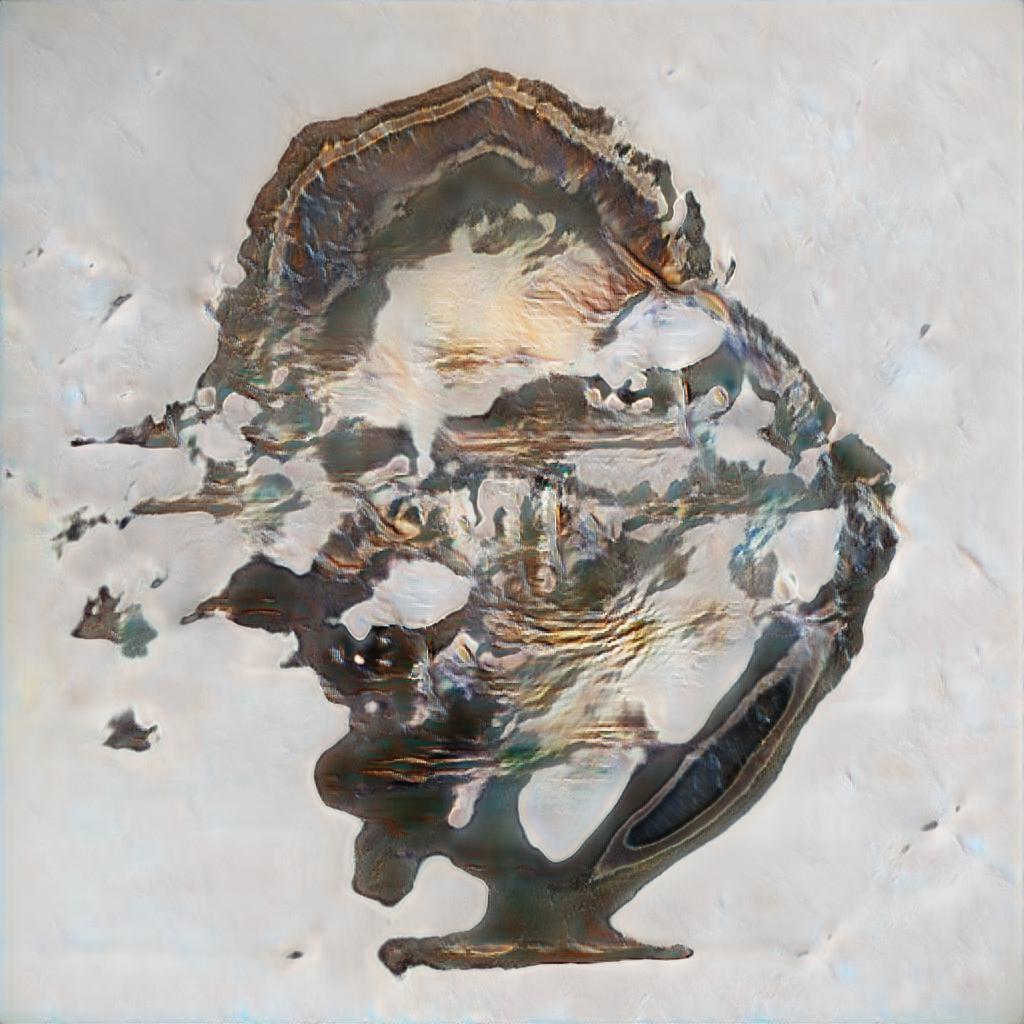It is a soundscape of the Ślepiotka River catchment which flows through Katowice. It is a kind of record of the layers of human history and the natural environment preserved on an audio carrier.
Transferring the acoustics of the catchment, with all its environmental contexts, was possible thanks to the field recording method with the use of the ZOOM H5 sound recorder. Sonification of landscape, related to the field called the ecology of music, helps to notice the multitude of elements, both positive and negative, connected with noise pollution. The author managed to register, among other things, the low drone sounds of helicopters flying over the nearby hospital, as well as a close encounter with a pack of wild boars using the riverbed as an ecological corridor. Thanks to this function of the river, animals, plants, and fungi can move safely between their habitats in the city’s surroundings. The waterfront areas of Ślepiotka are among the most interesting in this industrial part of Upper Silesia. This river has its origins in the ‘Ochojec’ nature reserve, which, despite the degradation of the environment, still shelters some remnants of the old Silesian forest. In its shadow hide the relict habitats of the protected Streptopus amplexifolius and Meripilus giganteus. Another rare, protected species appearing in the Ślepiotka Valley is the giant horsetail, which can grow almost 2 m high. It is a reminder not only of the riparian forests but also of the wet meadows.
The album has been divided into three acts referring successively to three different areas of the studied river together with the corresponding geographical coordinates:
Source: 50°12’17.0″N 19°00’14.5″E 08:08
Middle: 50°12’59.2″N 18°58’44.2″E 04:34
Estuary: 50°13’42.7″N 18°55’27.5″E 10:11
It is available for public listening via Bandcamp.
It is a part of the bachelor’s thesis entitled: Natural and socio-cultural characteristics of the Ślepiotka river basin, carried out at the University of Silesia, Faculty of Natural Sciences, in cooperation with Dr. Piotr Siwek (Director of the Aquamatics – interdisciplinary management of water environments).



